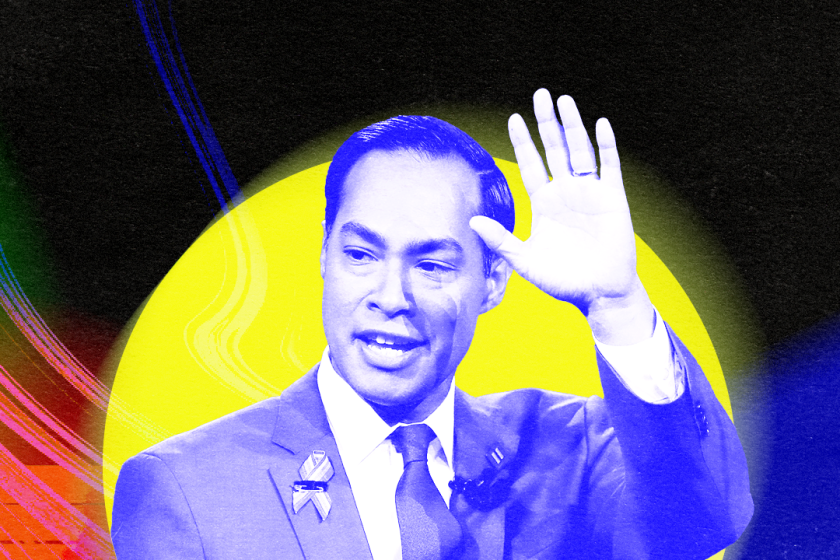
Based on new data analyzed by the San Francisco Chronicle, the U.S. census shows that Hispanic populations are shifting throughout California and have doubled between 2010 and 2020.
The data look at how the Hispanic population is diversifying throughout the state and has gone through transformations affecting multiple aspects of the economy, including the workforce and voting.
The foundation is known as the largest network of Latino philanthropists in the U.S., and Castro said he aims to take its efforts nationwide.
Based on the census data, Dominicans seem to be the Hispanic population with the biggest increase throughout the state within the last decade, with an increase of 103%. They are followed by Venezuelans, who have seen an increase of 101%. The Hispanic population that has seen the lowest increase is Mexicans with 7%.
Dominicans and Venezuelans have seen the most increase in regions such as the Bay Area and the Greater Los Angeles area.
In Los Angeles County, Dominicans had the highest percentage of increase with 102%, followed by Venezuelans with 99% and Colombians with a 33% increase. The Mexican and Cuban populations saw a decrease throughout L.A. County within the last decade. The three counties that saw the biggest increase were Humboldt, Sierra and Lake.
Even though the Mexican population has seen a smaller increase throughout California, it remains the largest Hispanic population with more than 12 million individuals. The Mexican population accounts for 30% of the state’s population.
The Chronicle reported that the type of work that individuals are seeking plays a role in the areas in which they might choose to settle down. With the increase in Caribbean and South American populations, the needs of California’s immigrant communities seem to be changing as those communities are not as established as others, said Ariel Ruiz Soto, a policy analyst at the Migration Policy Institute.
According to the recent report from the Annenberg Inclusion Initiative at USC, Latino representation in Hollywood has not shown any meaningful growth in the last 16 years.
“Because they’re relatively recent, I would suspect that many more of them are looking for either pre-established networks or are trying to find other networks of migrants who they may be able to settle with,” Ruiz Soto told the Chronicle.
California as a whole saw an 11% increase in its Hispanic population from 2010 to 2020, which is lower than previous decades. According to Eric McGhee, a demographics researcher at the Public Policy Institute of California, this is a result of lower birth rates among Hispanic mothers in the state.
More to Read
The Latinx experience chronicled
Get the Latinx Files newsletter for stories that capture the multitudes within our communities.
You may occasionally receive promotional content from the Los Angeles Times.









